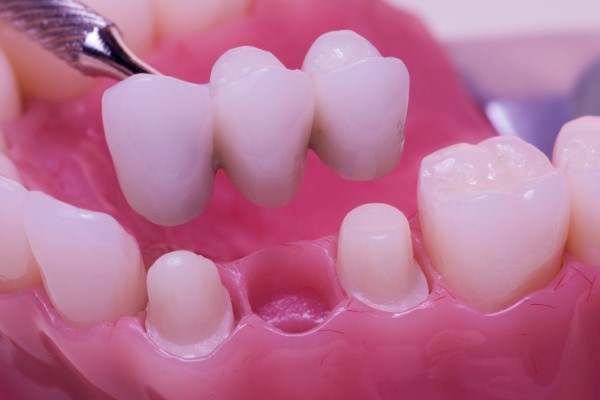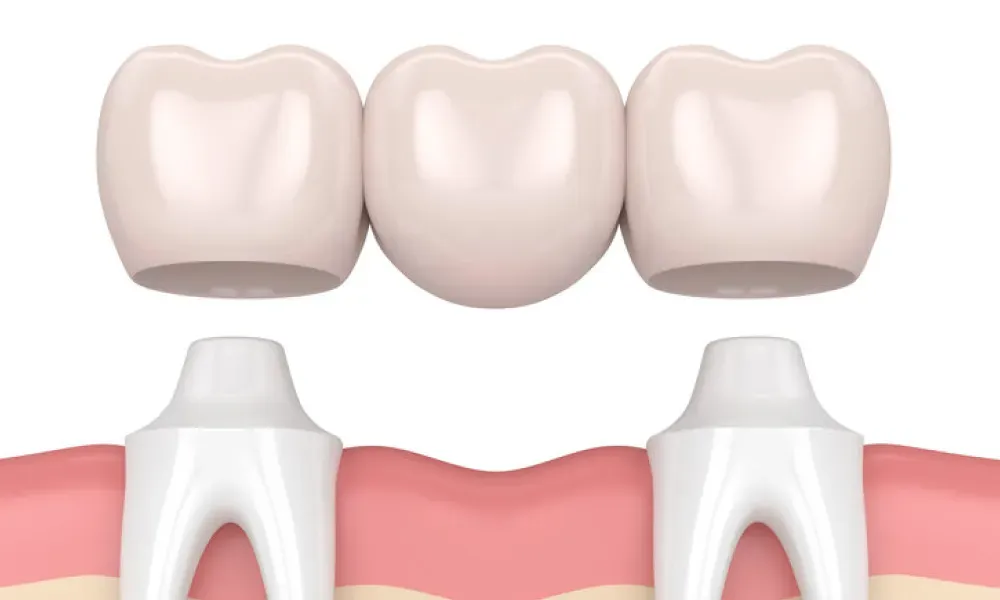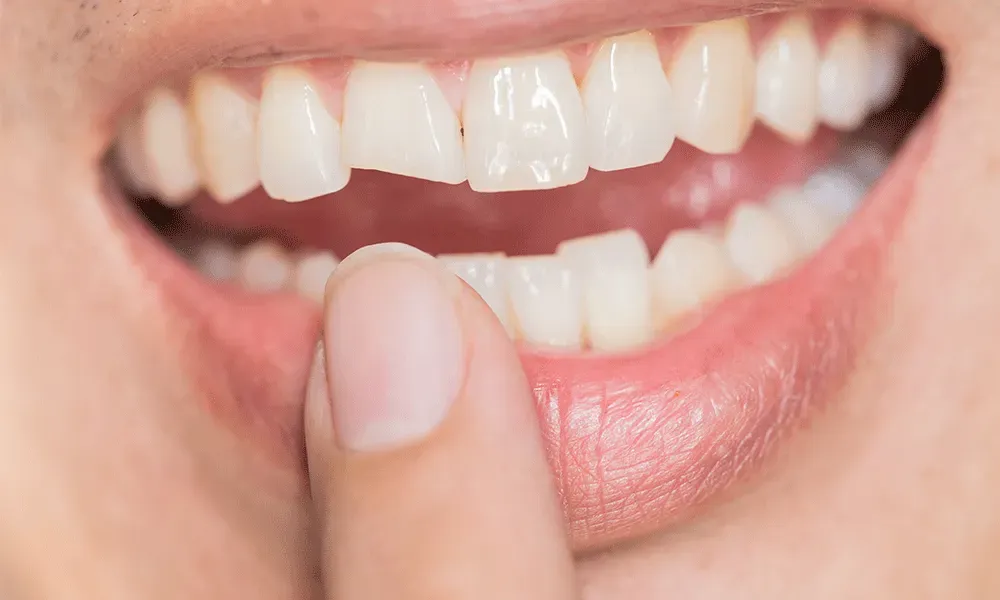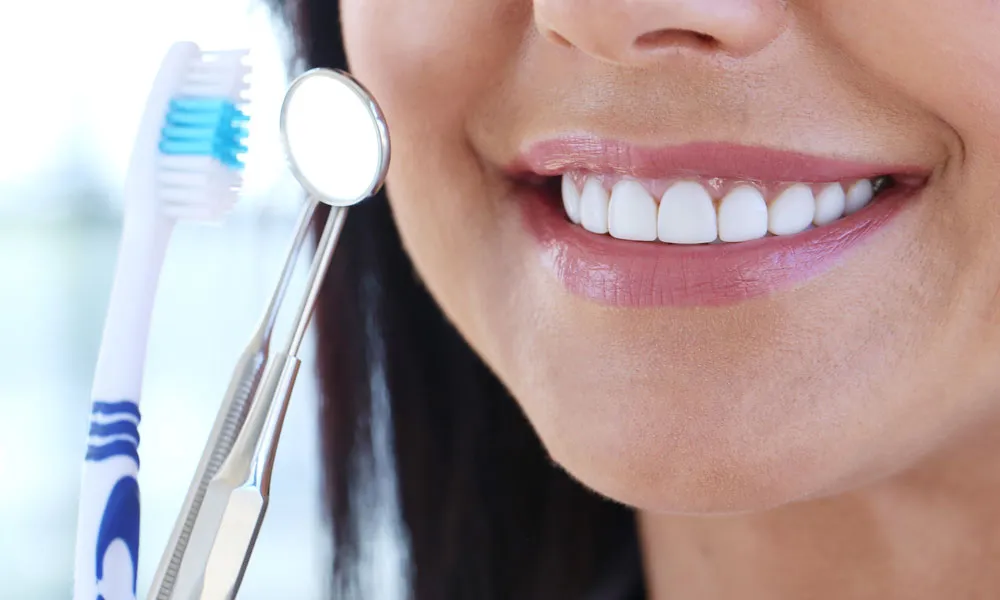A fixed bridge is a dental restoration offered by the cosmetic dentist in Scottsdale, AZ. It replaces one or more missing teeth by spanning the gap between adjacent teeth. It is a non-removable appliance that is cemented or bonded to the surrounding teeth. Let’s explore some common facts about fixed bridges.
What are the benefits of fixed bridges?
There are several types of fixed bridges, including:
Traditional fixed bridge: Made of ceramic or porcelain fused to metal (PFM), this is the most common type of fixed bridge.
All-ceramic fixed bridge: Made of ceramic or porcelain only, this type of bridge is more aesthetically pleasing and suitable for front teeth.
Cantilever fixed bridge: Used when only one adjacent tooth is available, this type of bridge has a pontic that is supported by a single abutment tooth.
Resin-bonded fixed bridge: A metal or ceramic wing is bonded to the back of adjacent teeth, making it a more conservative option.
Maryland bonded bridge: A type of resin-bonded bridge that uses a metal or ceramic framework with wings that are bonded to the back of adjacent teeth.
Implant-supported fixed bridge: Supported by dental implants instead of natural teeth, this type of bridge is suitable for patients with multiple missing teeth.
Hybrid fixed bridge: A combination of a fixed bridge and a removable partial denture, this type of bridge is suitable for patients with multiple missing teeth.
Zirconia fixed bridge: Made of zirconia ceramic, this type of bridge is strong and aesthetically pleasing.
E-max fixed bridge: Made of lithium disilicate ceramic, this type of bridge is strong and aesthetically pleasing.
3/4 crown fixed bridge: A type of bridge that covers only 3/4 of the abutment tooth, leaving some natural tooth structure visible.
What are the components of a fixed bridge?
The components of a fixed bridge include:
Pontic: The artificial tooth that replaces the missing tooth.
Abutments: The teeth on either side of the gap that support the bridge.
Crowns: The caps that cover the abutment teeth.
Framework: The underlying structure of the bridge that supports the pontic and connects to the abutment teeth.
Retainer: The part of the bridge that attaches to the abutment tooth.
Connector: The part of the bridge that connects the pontic to the retainer.
Pontic core: The inner layer of the pontic that provides additional strength.
Veneer: The outer layer of the pontic that provides aesthetics.
Margin: The edge of the bridge that meets the gum tissue.
Cement or bonding agent: The material used to attach the bridge to the abutment teeth.
Additionally, some fixed bridges may also include:
Wing: A small extension of the bridge that is bonded to the back of an adjacent tooth (used in resin-bonded bridges).
Bar: A metal bar that connects multiple pontics (used in implant-supported bridges).
Implant abutment: A connector that attaches the bridge to a dental implant.
What are the benefits of fixed bridges?

The benefits of fixed bridges include:
- Restores chewing and speaking functions
- Improves appearance and self-confidence
- Distributes bite forces evenly
- Prevents adjacent teeth from shifting
- Can last for many years with proper care
- Non-removable, providing a sense of security
- Can be made of aesthetically pleasing materials
- Supports surrounding teeth and gums
- Can help maintain facial shape and structure
- Improves overall oral health
- Reduces risk of tooth decay and gum disease
- Enhances smile and overall appearance
- Boosts self-esteem and confidence
- Allows for normal eating and drinking
- Can be used in conjunction with dental implants
Additionally, fixed bridges can also:
- Help to reduce bone loss and gum recession
- Support lips and cheeks for a more youthful appearance
- Improve overall quality of life
- Enhance ability to enjoy favorite foods and activities
By following proper care and maintenance, a fixed bridge can provide a durable and long-lasting solution for missing teeth.




